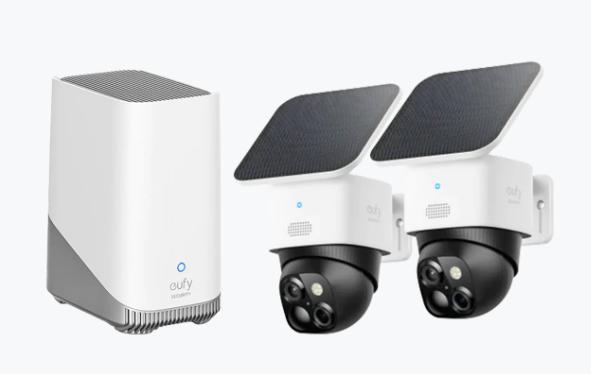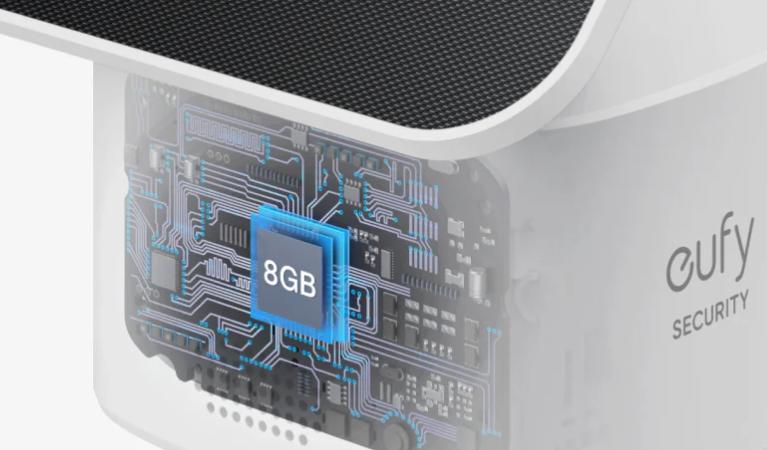
Investing in a home CCTV camera is a smart step toward enhancing security, but with so many options available, finding the right one can be overwhelming. The perfect CCTV camera should align with your home’s layout, security concerns, and technical preferences—whether you need 24/7 monitoring, remote access, or simple installation. This guide shares essential tips to help you navigate the market, ensuring you select a camera that offers reliable performance and peace of mind.

Choose the Right Camera Type and Features
The type of camera and its core features determine how well it meets your security needs.
Camera Types: Wired vs. Wireless
Wired cctv camera for home connects to a power source and recording device via cables, offering a stable, uninterrupted connection—ideal for permanent installations in areas like front doors or garages. They’re less prone to signal interference but require professional setup, as running cables through walls or ceilings can be tricky. Wireless cameras, on the other hand, use Wi-Fi or batteries, making them easy to install and relocate. They’re great for renters or those who want flexibility, though they depend on a strong Wi-Fi signal and may need frequent battery changes. For large homes, a hybrid system (combining both types) can cover high-priority areas with wired cameras and flexible spots with wireless ones.
Key Features to Prioritize
Certain features are non-negotiable for effective monitoring. Night vision is critical—look for cameras with infrared (IR) LEDs that provide clear footage in total darkness, with a range of at least 30 feet for outdoor use. Resolution matters too: 1080p (Full HD) is the minimum for identifying faces or license plates, while 4K offers sharper details (though it requires more storage). Motion detection with customizable alerts helps you stay informed without constant checks—opt for cameras that let you set sensitivity levels or specific zones to avoid false alarms from pets or moving branches. Two-way audio is a bonus, allowing you to speak to visitors or deter intruders remotely.
Consider Storage and Connectivity Options
How your camera stores and streams footage impacts convenience and accessibility.
Storage Solutions
CCTV cameras store footage either locally or in the cloud. Local storage uses SD cards, hard drives, or network video recorders (NVRs). It’s cost-effective (no monthly fees) and gives you full control over footage, but storage capacity is limited—choose a camera with expandable storage or an NVR for multiple cameras. Cloud storage lets you access footage from anywhere via an app, with plans ranging from free (limited days) to paid (unlimited storage). It’s ideal for remote monitoring but depends on a stable internet connection and may raise privacy concerns—ensure the provider uses encryption to protect data.

Connectivity and Remote Access
Most modern cameras offer Wi-Fi connectivity, enabling remote viewing via smartphones or tablets. Check for compatibility with your home network—dual-band Wi-Fi (2.4GHz and 5GHz) reduces interference, ensuring smoother streaming. For seamless integration, look for cameras that work with smart home systems like Alexa or Google Assistant, allowing voice commands to view feeds on smart displays. Wired cameras often connect via Ethernet for a more reliable link, which is better for areas with weak Wi-Fi. Ensure the camera’s app is user-friendly—intuitive controls make it easy to adjust settings, review footage, or set up alerts.
Factor in Budget and Additional Considerations
Balancing cost with quality and long-term usability ensures you get the best value.
Set a Realistic Budget
CCTV cameras range from \(50 to \)500+, with prices reflecting features. Budget models (under \(100) offer basic functionality (720p resolution, basic night vision) and work for small spaces. Mid-range options (\)100–\(300) include 1080p resolution, better night vision, and cloud storage. Premium cameras (\)300+) boast 4K, advanced AI detection, and weatherproof designs for harsh conditions. Allocate funds based on priority areas—spend more on outdoor cameras (where durability matters) and save on indoor ones if basic monitoring suffices.
Durability and Brand Reputation
Outdoor cameras must withstand rain, snow, and extreme temperatures—look for an IP65 or higher weather resistance rating (dust-tight and water-resistant). Indoor cameras can be less rugged but should still be sturdy enough to resist tampering. Choose reputable brands with good customer support and firmware updates, as these ensure your camera stays secure and functional over time. Read reviews to gauge real-world performance—pay attention to feedback on battery life (for wireless models), app reliability, and customer service responsiveness.
Conclusion
Selecting a home CCTV camera requires balancing your security needs, technical preferences, and budget. By prioritizing features like night vision and motion detection, choosing the right storage and connectivity, and considering durability, you can find a camera that keeps your home safe without unnecessary complexity. Whether you opt for a simple wireless model or a comprehensive wired system, the right CCTV camera will provide peace of mind, knowing your property is monitored around the clock.